How 5G is Enhancing the Future of Public Transportation
22 December 2024
Public transportation is the backbone of our modern cities. Whether it's buses, trains, or metro systems, millions of people rely on these services daily. But here's the thing: public transportation, as we know it, is evolving. And one of the biggest game-changers on the horizon? 5G technology.
You’ve probably heard the buzz around 5G, right? It's not just another upgrade in mobile networks; it’s a revolution, promising faster speeds, lower latency, and more connectivity than ever before. But how exactly does 5G play into public transportation? Let’s dive in and explore how 5G will transform our commutes and reshape how we move around in the cities of tomorrow.
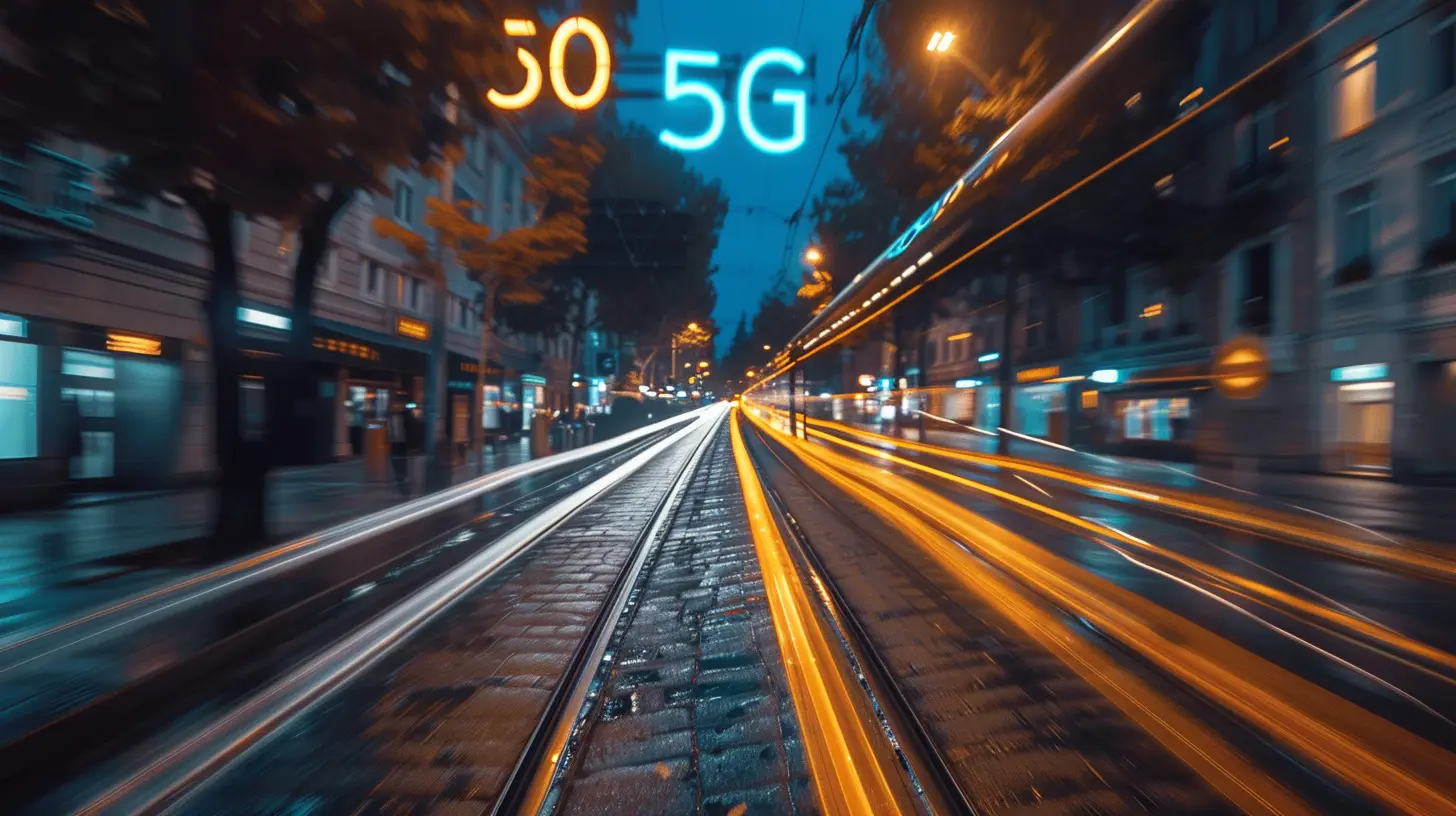
What is 5G? A Quick Overview
Before we jump into how it’s changing public transportation, let’s quickly break down what 5G is. In simple terms, 5G stands for the fifth generation of wireless technology. It's a massive leap from 4G, offering:- Faster speeds: We’re talking download speeds up to 100 times faster than 4G.
- Reduced latency: The time it takes for data to travel from one point to another is drastically reduced.
- More connections: 5G can support a lot more devices at once, without slowing down.
Think of 5G as a superhighway for data. It’s like upgrading from a two-lane country road to a 12-lane expressway. More cars (or in this case, devices) can travel faster and more efficiently. So, what does this mean for public transportation? Let’s break it down.
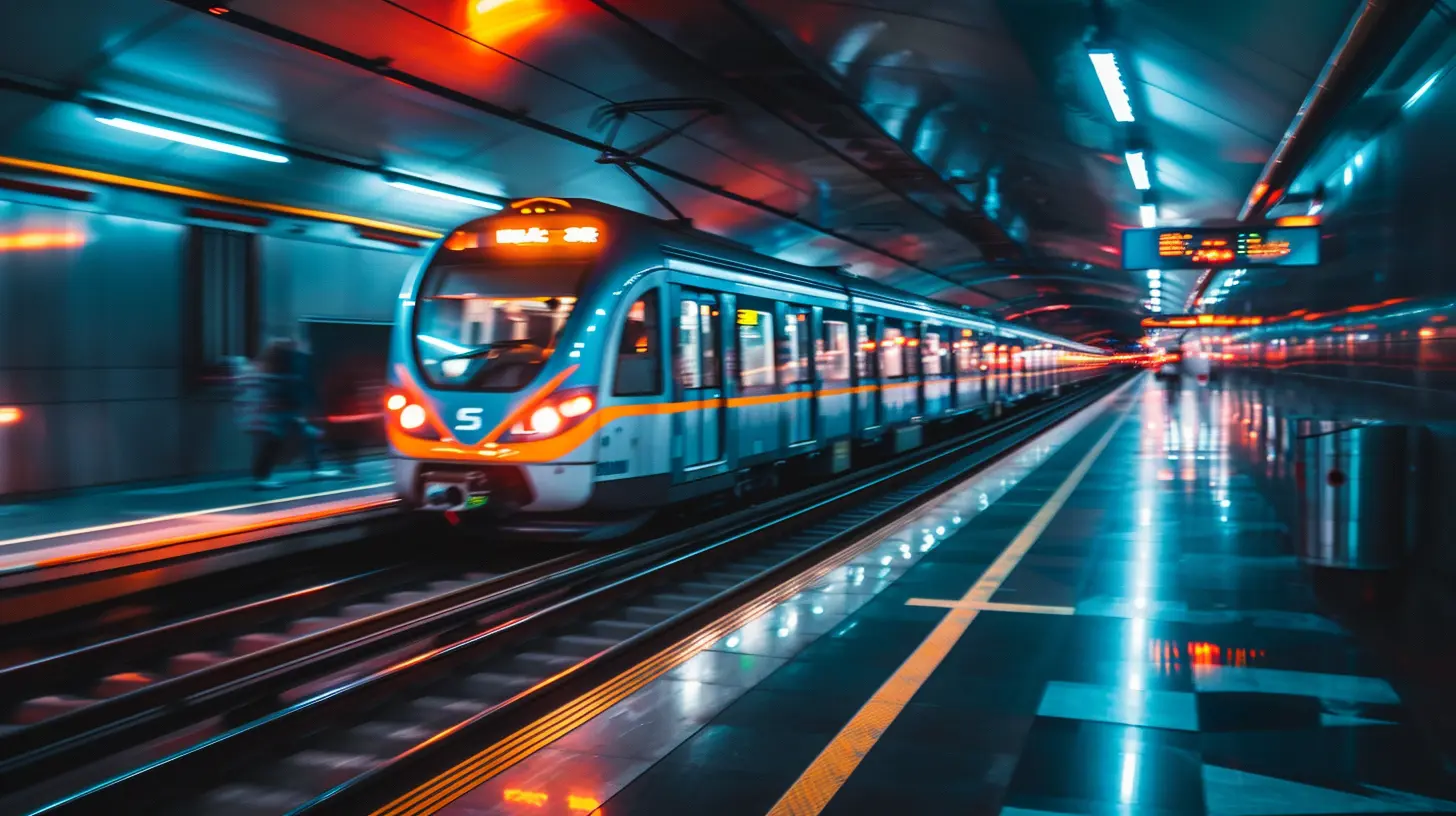
1. Real-Time Data for Smarter Routing
One of the biggest advantages 5G brings to public transportation is real-time data. Imagine this: you're waiting at a bus stop, and you can check an app that tells you exactly when the next bus is arriving, which route it’s taking, and whether there’s traffic along the way.With 5G, this kind of real-time tracking becomes more accurate and lightning-fast. Transit systems will be able to collect and analyze data from countless sensors and devices in real time, adjusting routes, schedules, and even traffic signals to keep everything running smoothly.
Dynamic Route Adjustments
Let’s say there’s a traffic accident on a major street. Traditionally, buses or trams would get stuck in the traffic jam, causing delays down the line. But with 5G, transportation systems can react instantaneously. The bus route could automatically adjust to avoid the congested area, and passengers would be notified of the change immediately.This kind of flexibility is essential for making public transportation more reliable and efficient. And let's be honest—nothing is more frustrating than waiting for a delayed bus without knowing when it's going to show up. 5G can eliminate that uncertainty.
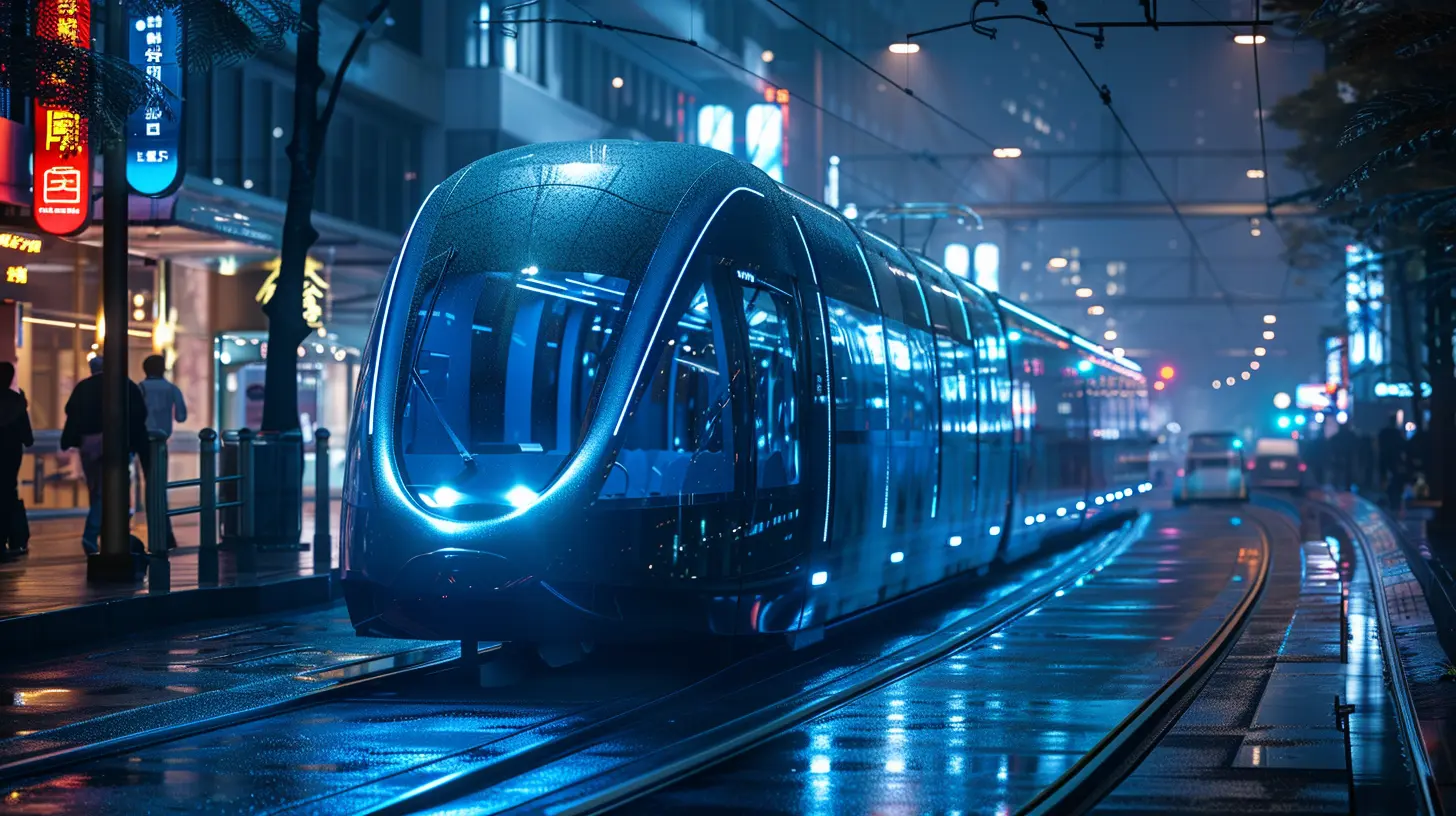
2. Autonomous Vehicles and 5G: A Match Made in Tech Heaven
Autonomous vehicles (AVs) are the future, and 5G is the key that will unlock their full potential. One of the biggest challenges with self-driving buses, trains, and cars is the need for real-time communication between the vehicle and its environment. This is where 5G’s ultra-low latency comes in.Enhanced Vehicle-to-Everything (V2X) Communication
Autonomous vehicles rely heavily on V2X communication—that is, vehicles talking to other vehicles, infrastructure (like traffic lights), and even pedestrians. For AVs to operate safely, they need to process a massive amount of data in real-time. A delay of even a few milliseconds could lead to accidents or inefficiencies.With 5G, AVs can communicate almost instantaneously, analyzing road conditions, detecting obstacles, and making split-second decisions. This makes the dream of fully autonomous buses and trains much closer to reality.
Imagine a city where self-driving buses operate 24/7, zipping around without human drivers, adjusting their routes in real-time, and syncing up with other AVs to avoid traffic congestion. That’s the future we’re heading toward, thanks to 5G.
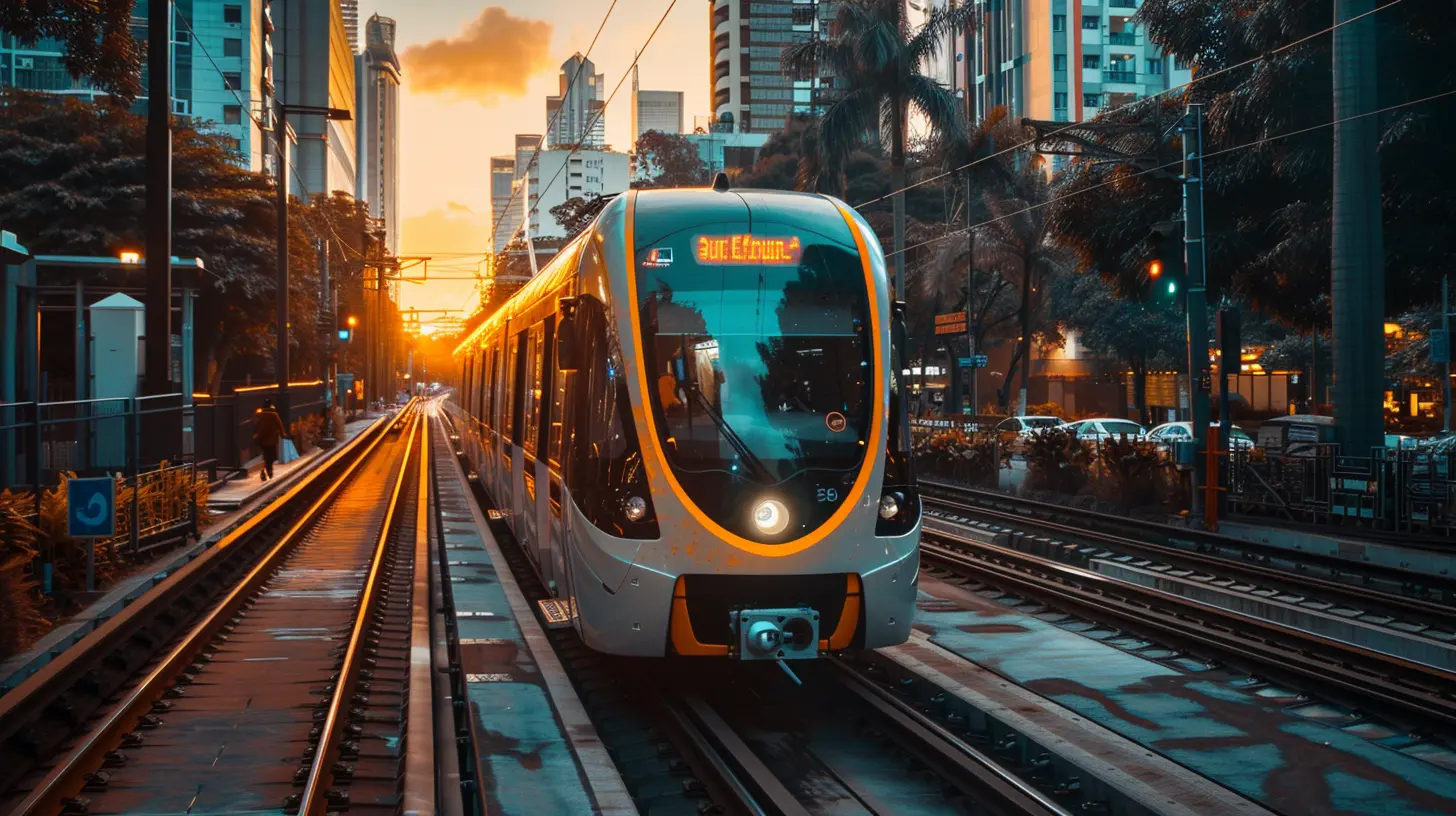
3. Improved Passenger Experience
We can’t talk about the future of public transportation without considering the passenger experience. After all, the whole point of public transit is to get people from point A to point B in the most convenient way possible.One of the most frustrating parts of commuting is the downtime. Whether you’re on a long bus ride or waiting for a delayed train, it can feel like wasted time. But with 5G, things are about to get a whole lot better.
High-Speed Internet on the Go
With 5G, passengers can enjoy high-speed internet connectivity throughout their ride. Whether you're streaming a movie, attending a virtual meeting, or catching up on emails, 5G will ensure that you stay connected without any buffering or lag. It’s almost like turning your daily commute into productive (or entertainment-filled) time.Augmented Reality (AR) and Entertainment
But it doesn’t stop at faster internet. With 5G, public transportation could also offer augmented reality (AR) experiences. Imagine putting on a pair of AR glasses while riding the bus, and instead of staring out the window, you’re immersed in a virtual world that overlays information about the city, landmarks, or even interactive games.It’s like turning your bus ride into an interactive tour of the city. The possibilities for entertainment and education are endless!
4. Enhanced Safety and Security
Safety is a top priority when it comes to public transportation. And 5G can take safety measures to a whole new level.Real-Time Monitoring and Surveillance
With 5G, transportation systems can set up real-time surveillance networks that monitor buses, trains, and stations 24/7. Cameras equipped with AI and 5G connectivity can detect suspicious behavior, identify overcrowding, and even alert authorities to potential threats in an instant.This kind of real-time monitoring can drastically improve the safety of public transportation, making it a more secure option for everyone.
Predictive Maintenance
Have you ever been on a bus or train that suddenly breaks down in the middle of your journey? It’s annoying, right? But with 5G, public transportation systems can use predictive maintenance to prevent these kinds of issues.Sensors installed on vehicles can monitor things like engine performance, brake wear, and tire pressure. Using real-time data, these systems can predict when a part is about to fail and schedule maintenance before it becomes a problem. This means fewer breakdowns and more reliable service for passengers.
5. Greener and More Sustainable Public Transportation
As cities grow, so does the need for more sustainable and eco-friendly transportation options. 5G can help make public transportation greener in several ways.Optimized Energy Use
With real-time data and AI, public transportation systems can optimize energy use. For example, electric buses can be programmed to charge during off-peak hours when electricity is cheaper and more abundant. Or trains can adjust their speed to use less energy while still arriving on time.Reducing Traffic Congestion
As 5G enables smarter routing and autonomous vehicles, it can also help reduce traffic congestion. Fewer traffic jams mean less idling, which in turn reduces emissions. Plus, more efficient public transportation could encourage more people to leave their cars at home, further reducing the carbon footprint.It’s a win-win for both commuters and the planet.
6. Seamless Payment Systems
Another area where 5G will make a significant impact is in seamless payment systems. Imagine a world where you don’t need cash, tickets, or even a transit card to hop on a bus or train. With 5G, passengers could use their smartphones or wearable devices to make contactless payments instantly.And because 5G networks can handle a large number of devices at once, these systems would be fast, reliable, and scalable. No more fumbling for change or waiting in line to buy a ticket—just tap and go.
Conclusion: The 5G Revolution is Just Beginning
So there you have it. From real-time data and autonomous vehicles to enhanced passenger experiences and improved safety, 5G is set to revolutionize public transportation in ways we’ve only dreamed of until now. It’s not just about faster internet—it’s about creating smarter, safer, and more efficient ways to move people around our cities.5G is the technology that will make public transportation systems more responsive, reliable, and enjoyable for everyone. As cities continue to grow and evolve, the role of 5G in shaping the future of public transportation will only become more important. We’re at the beginning of a transportation revolution—and the road ahead is looking faster and smoother than ever.
all images in this post were generated using AI tools
Category:
5g TechnologyAuthor:

Adeline Taylor
Discussion
rate this article
18 comments
Vanya Chavez
5G: The turbo boost for bus adventures!
March 21, 2025 at 4:47 AM

Adeline Taylor
Absolutely! 5G is revolutionizing public transport by enabling real-time data sharing, enhancing communication, and improving safety, making every bus ride an adventure!
Reid McBride
The integration of 5G technology in public transportation is revolutionizing the sector by enabling real-time data sharing, enhancing safety protocols, and improving operational efficiency. This connectivity fosters smarter transit solutions, ultimately leading to a more seamless and sustainable commuting experience for passengers.
February 27, 2025 at 11:58 AM

Adeline Taylor
Thank you! I'm glad you found the article insightful. 5G is indeed a game-changer for public transportation, paving the way for smarter and more efficient commuting options.
Lysander Newton
This article highlights the transformative impact of 5G on public transportation, enhancing connectivity, safety, and efficiency. Exciting innovations are on the horizon for commuters everywhere!
February 12, 2025 at 5:05 AM

Adeline Taylor
Thank you for your insights! Excited to see how 5G will revolutionize public transportation for everyone.
Remington Wells
Exciting times ahead! 5G is set to revolutionize public transport, making journeys faster, safer, and more efficient for everyone! 🚀🌟
February 1, 2025 at 5:54 AM

Adeline Taylor
Absolutely! 5G technology will indeed transform public transport by enabling real-time data sharing and enhancing safety measures. Exciting developments are on the horizon!
Ezra Willis
5G's high-speed connectivity is revolutionizing public transportation, enabling real-time data, improved safety, and enhanced passenger experiences.
January 26, 2025 at 3:28 AM

Adeline Taylor
Thank you for your comment! Indeed, 5G is transforming public transportation by providing faster data transfer, which enhances safety and improves the overall passenger experience.
Arden McCune
Finally, 5G is here! Our buses can now arrive on time—if only they could tackle the mystery of disappearing socks in the laundry. Priorities, right? Let's revolutionize travel, one lost sock at a time!
January 17, 2025 at 9:29 PM

Adeline Taylor
Glad to hear you're excited about 5G! With improved connectivity, we can tackle both transportation efficiency and perhaps even the mysteries of laundry. Here's to a future where everything runs smoothly!
Bernadette Sanders
5G will revolutionize public transportation with enhanced connectivity, efficiency, and safety features.
January 7, 2025 at 11:58 AM

Adeline Taylor
Absolutely! 5G's high-speed connectivity will enable real-time data sharing, improving efficiency and safety in public transportation systems.
Myles Hahn
Great insights on how 5G is revolutionizing public transportation! The emphasis on real-time data and connectivity is crucial for improving efficiency and passenger experience. I'm particularly excited about the potential for smarter traffic management systems. Looking forward to seeing these innovations in action!
January 2, 2025 at 1:14 PM

Adeline Taylor
Thank you for your enthusiasm! I'm excited about the potential of 5G to transform public transportation and improve passenger experiences through smarter systems. Stay tuned for more updates!
Ardyn McAdams
Great insights on how 5G is revolutionizing public transportation! The potential for improved connectivity and real-time data sharing is exciting. I look forward to seeing how these advancements will enhance efficiency and passenger experience in the near future.
December 26, 2024 at 3:33 AM

Adeline Taylor
Thank you! I'm glad you found the insights valuable. The advancements in 5G truly hold great promise for transforming public transportation for everyone.
Blake McGinn
In the symphony of progress, 5G plays a vibrant tune, Connecting journeys seamlessly beneath the urban moon. With every signal, possibilities expand, Public transit soars, a future well-planned. Efficiency and ease, hand in hand, A breathtaking ride through tomorrow's land.
December 25, 2024 at 8:00 PM

Adeline Taylor
Thank you for your poetic insight! 5G indeed transforms public transportation, enhancing connectivity and efficiency for a brighter, more seamless future.
Juliana McLain
Great insights! Excited to see 5G's impact!
December 25, 2024 at 1:36 PM

Adeline Taylor
Thank you! I'm glad you found it insightful—exciting times ahead for public transportation!
Elin Butler
5G technology is set to revolutionize public transportation by enabling real-time data sharing, improving safety, and enhancing user experiences. As cities adopt this technology, we can expect more efficient systems that cater to the needs of increasingly urban populations.
December 24, 2024 at 9:06 PM

Adeline Taylor
Absolutely! 5G will significantly streamline public transportation, making it safer and more responsive to user needs through real-time data sharing. Exciting times ahead for urban mobility!
Aris Hunter
This article effectively highlights how 5G technology can revolutionize public transportation by improving connectivity, efficiency, and safety. The potential for real-time data and smart infrastructure is promising, making public transit more user-friendly and reliable.
December 24, 2024 at 12:03 PM

Adeline Taylor
Thank you for your insightful comment! I'm glad you found the article highlights the transformative potential of 5G in public transportation.
Ingrid Potter
5G revolutionizes public transportation through real-time data, improving efficiency and safety.
December 24, 2024 at 4:21 AM

Adeline Taylor
Thank you! We're excited about how 5G is transforming public transportation, making it safer and more efficient for everyone.
Icarus Castillo
“Forget the traffic jams—5G is here to boost public transportation faster than you can say ‘Where’s my bus?’ With lightning-speed connectivity, we might just be one step closer to a world where every commute feels like a high-speed chase in a movie!”
December 23, 2024 at 9:25 PM

Adeline Taylor
Absolutely! 5G technology will revolutionize public transportation by enabling real-time updates and efficient routing, making commutes smoother and faster than ever. Exciting times ahead!
Bella Dillon
Great insights on the transformative impact of 5G on public transportation! It's exciting to see how enhanced connectivity can revolutionize efficiency and user experience in urban mobility.
December 23, 2024 at 4:26 AM

Adeline Taylor
Thank you! I appreciate your feedback and enthusiasm for the potential of 5G in transforming public transportation.
Sarah Vance
In the embrace of 5G's light, Public transport sails through the night, Faster, smarter, a seamless ride, The future beckons, joined in stride.
December 22, 2024 at 12:46 PM

Adeline Taylor
Thank you! I appreciate your poetic take on how 5G is transforming public transport—truly a glimpse into a smarter, more connected future!
Ramona Cox
Great insights! It's fascinating to see how 5G technology can revolutionize public transportation. Excited for the improvements it will bring!
December 22, 2024 at 5:34 AM

Adeline Taylor
Thank you! I share your excitement about the transformational potential of 5G in public transportation. It’s an exciting time for innovation!
MORE POSTS
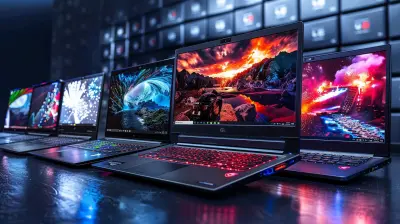
How to Choose the Perfect Gaming Laptop for Your Needs

Understanding Data Structures: Keys to Efficient Algorithms

Essential Content Creation Tools Every Creator Should Try

How to Use REST and GraphQL for Dynamic API Development

Why UX Matters: A Developer’s Guide to Building User-Centric Software

The Quantum Workforce: Skills and Careers Needed for the Quantum Era
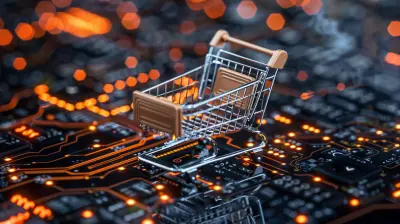
The Intersection of E-Commerce and Cryptocurrency

Unlocking the Power of Machine Learning in Everyday Applications
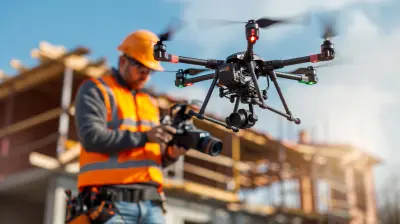
The Benefits of Using Drones in Construction

How Bioelectronics is Merging Biology with Technology

How Quantum Computing Could Revolutionize Logistics and Supply Chains